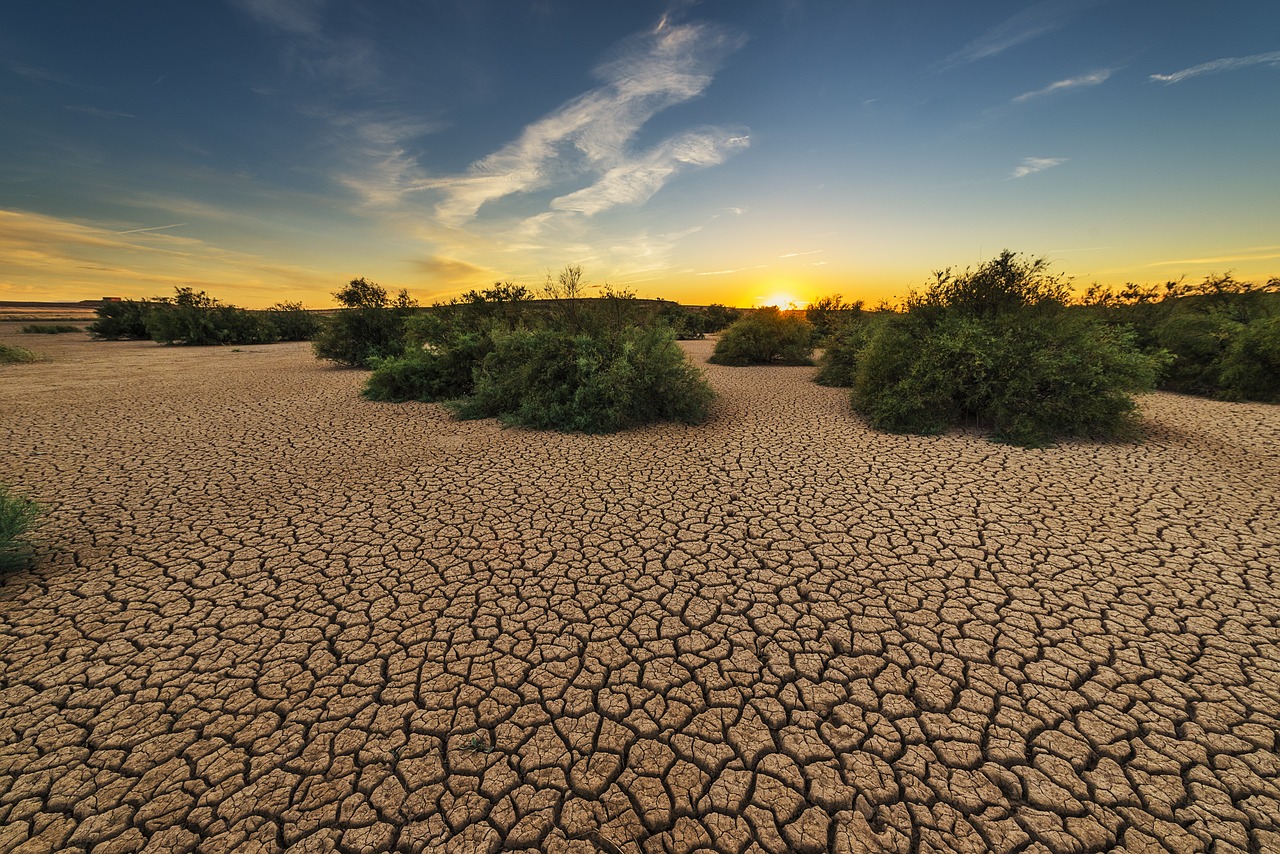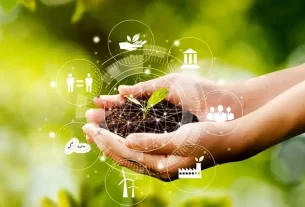The United States is grappling with a water supply crisis as reservoir levels across the country, including those supplying New York City, continue to reach near record lows due to months of unusually dry conditions and prolonged droughts. This severe water shortage is exacerbating the country’s ongoing climate challenges, impacting agriculture, hydropower production, and drinking water supplies.
New York City Water Supply: Near Record-Low Reservoirs
New York City, home to nearly 9 million people, relies on a vast system of reservoirs that draw water from several sources in the Catskill and Delaware watersheds. However, as of November 2024, inflows into the reservoir system are at near-record lows, with severe drought conditions affecting the region since the summer. According to New York City’s Department of Environmental Protection (DEP), the city’s reservoirs are operating at just 58% of capacity, a stark contrast to historical averages, which typically hover around 85-90% full.
- Drought Conditions: The dry conditions affecting New York are part of a larger, national trend. The U.S. Drought Monitor has reported widespread drought in key regions of the U.S., including the Northeast, Midwest, and Southwest. The U.S. drought map shows nearly 40% of the country under drought conditions, a situation exacerbated by climate change, which has led to more intense and frequent periods of dryness.
- Water Supply Threats: With water storage levels decreasing, New York City’s water supply is at risk of becoming strained. In response, the city has already begun increasing reliance on groundwater sources and implementing conservation measures. These measures include public awareness campaigns urging residents to reduce water use, particularly during peak demand periods. However, officials have expressed concerns that if conditions do not improve soon, water conservation restrictions may become more stringent.
Nationwide Impact of Drought on Water Resources
The current water supply crisis is not limited to New York City. Reservoir levels across the country are similarly plummeting due to sustained droughts and higher-than-average temperatures that have intensified evaporation rates and reduced snowpack accumulation in the West.
- Western U.S.: In the West, reservoirs like Lake Mead and Lake Powell, which serve millions of people in the U.S. and Mexico, have seen their water levels drop to historic lows. These reservoirs, which rely on snowmelt from the Rockies and Sierra Nevada, are crucial for irrigation, hydropower, and municipal water supplies. According to the Bureau of Reclamation, Lake Mead has reached its lowest level since the 1930s, and Lake Powell is nearing critical levels that could affect power generation at the Glen Canyon Dam.
- Midwest and South: In addition to the West, drought conditions have affected agricultural production in states like Kansas, Texas, and Oklahoma, where water scarcity is limiting crop irrigation and cattle farming. As reported by USDA and National Oceanic and Atmospheric Administration (NOAA), these regions are facing unprecedented droughts that are putting a strain on both agricultural yields and municipal water systems.
- Central U.S.: In the Great Plains and Mississippi River Basin, historically important rivers that serve as critical water sources for both agriculture and drinking water are also experiencing reduced flows. For example, the Missouri River, which serves much of the Midwest, is facing challenges in delivering sufficient water to supply cities and agricultural irrigation, triggering concerns about future water availability.
Climate Change and Long-Term Water Security
The overall situation is indicative of broader climate change patterns that are exacerbating water scarcity nationwide. According to climate scientists, global warming is contributing to more erratic rainfall patterns, making regions that were once reliably wet more susceptible to prolonged dry spells. As hotter temperatures increase evaporation rates and reduce snowfall in mountain ranges, water reservoirs fed by snowmelt are seeing earlier and smaller seasonal peaks.
- Rising Temperatures: A report from NASA and the Intergovernmental Panel on Climate Change (IPCC) suggests that temperature increases are likely to continue to reduce the natural replenishment of freshwater resources. Heatwaves, which have become more intense due to climate change, are further drying up soil moisture, reducing agricultural yields, and depleting groundwater supplies.
- Water Management Challenges: In response, many states and cities have begun to implement more rigorous water management strategies, focusing on water conservation, desalination technologies, and improved infrastructure to capture and store rainwater. However, these solutions require substantial investments in infrastructure and long-term planning, both of which have proven difficult to implement at the scale needed.
Potential Solutions and Future Outlook
While the immediate outlook for water availability in New York City and across the U.S. remains concerning, there are steps that governments and water authorities are taking to address these challenges:
- Investment in Water Infrastructure: The Biden administration’s infrastructure plan includes significant funding for water infrastructure improvements, including projects to increase storage capacity, modernize water delivery systems, and promote more efficient irrigation technologies.
- Water Conservation Measures: Governments at the state and local levels have been encouraging citizens to adopt water-saving practices, such as low-flow fixtures, rainwater harvesting, and landscaping with drought-resistant plants.
- Regional Cooperation: Water management challenges are being addressed through regional cooperation agreements. For instance, states within the Colorado River Basin have entered into agreements on water-sharing to manage reduced water levels in the Colorado River system.
- Desalination Technologies: To address long-term water scarcity, some states, including California, are looking into expanding desalination efforts to convert seawater into freshwater, though this technology remains costly and energy-intensive.
Conclusion
The ongoing water shortage across the U.S. and particularly in cities like New York underscores the growing challenge of securing water supplies in the face of climate change, urbanization, and population growth. As inflows into critical reservoirs continue to fall to near-record lows, the U.S. must confront these water scarcity issues head-on with smart, sustainable water management policies that can secure the nation’s water future.
With continued drought conditions expected in the coming years, it is essential that both local governments and national authorities prioritize long-term solutions such as infrastructure investment, water conservation, and climate change mitigation to ensure that future generations have access to the resources they need.
References:
- U.S. Drought Monitor, National Drought Mitigation Center, University of Nebraska-Lincoln. (2024). Drought Monitor
- National Oceanic and Atmospheric Administration (NOAA), U.S. Drought. (2023). NOAA Report
- New York City’s Department of Environmental Protection (DEP), Water Supply and Reservoir Conditions. (2024). DEP
- Bureau of Reclamation, Water Resources and Reservoir Levels. (2023). Bureau of Reclamation
- NASA, Climate Change and Water Resources. (2023). NASA Report

